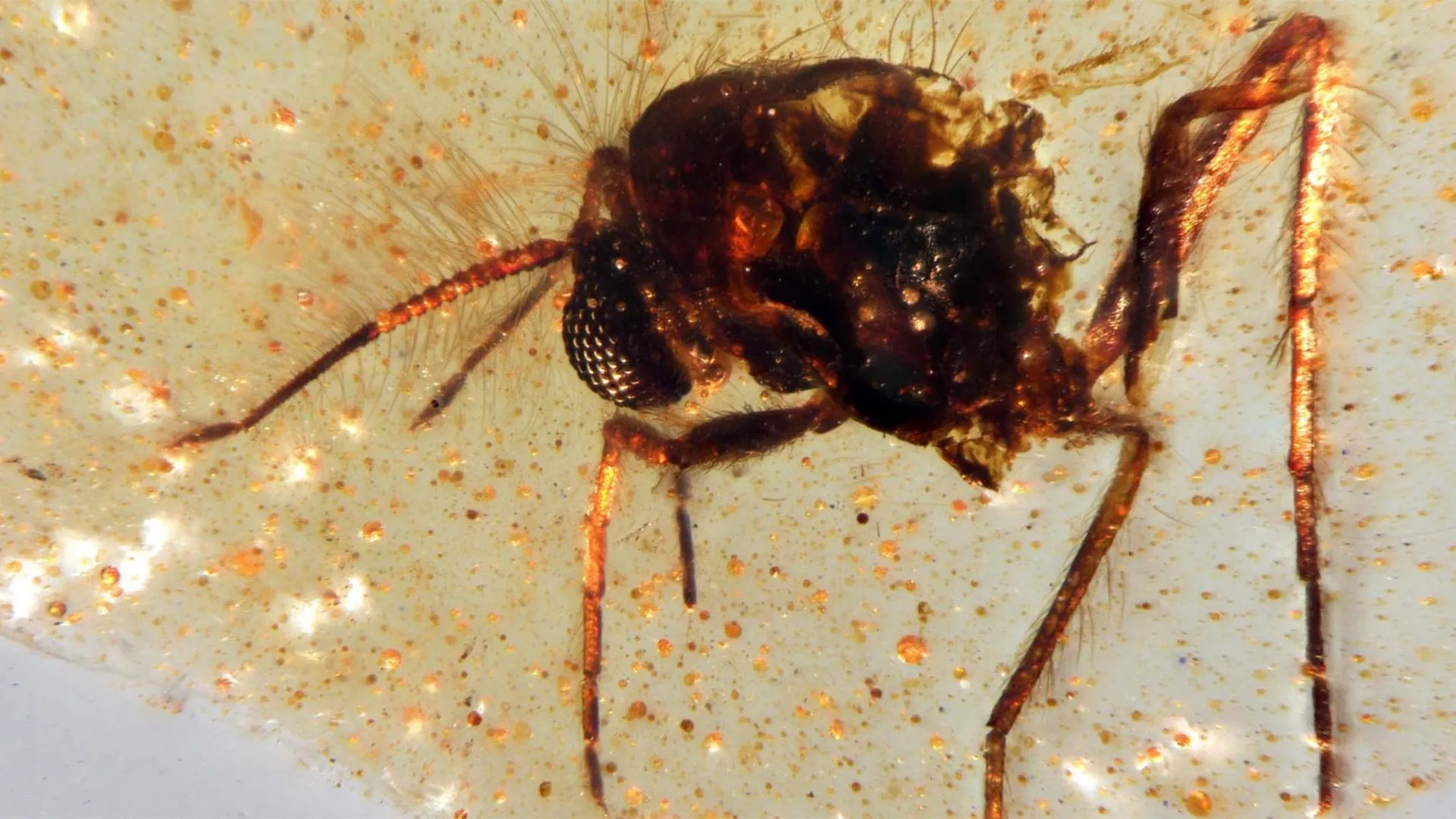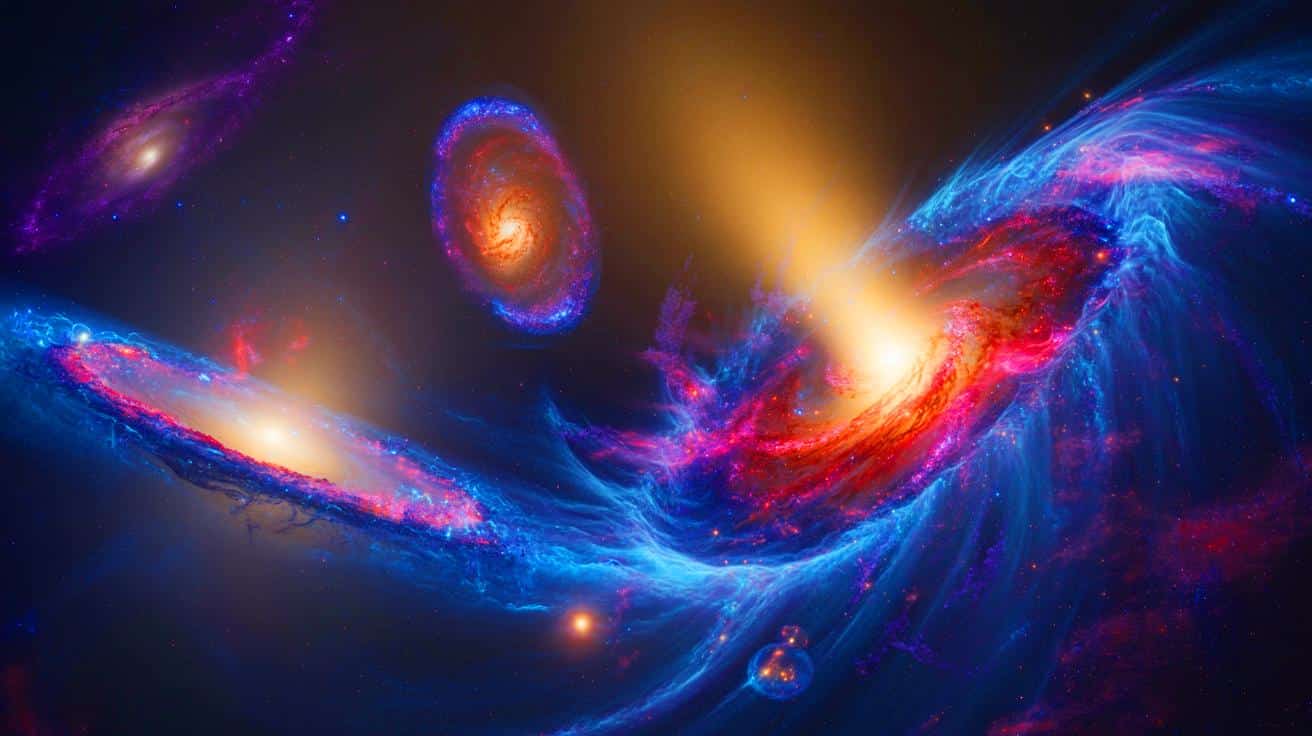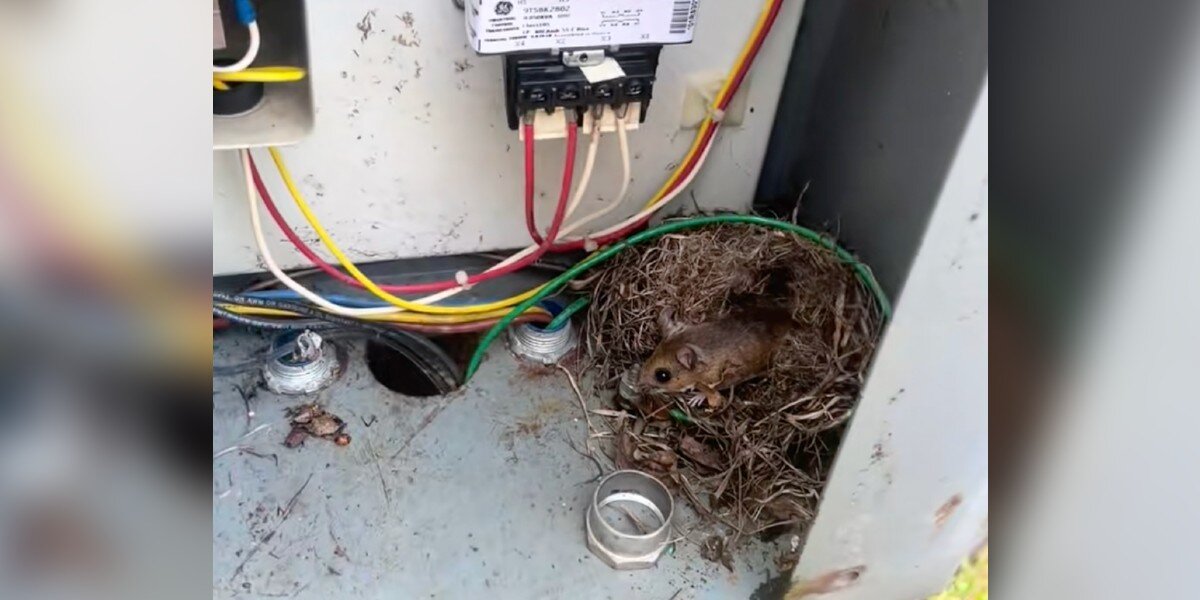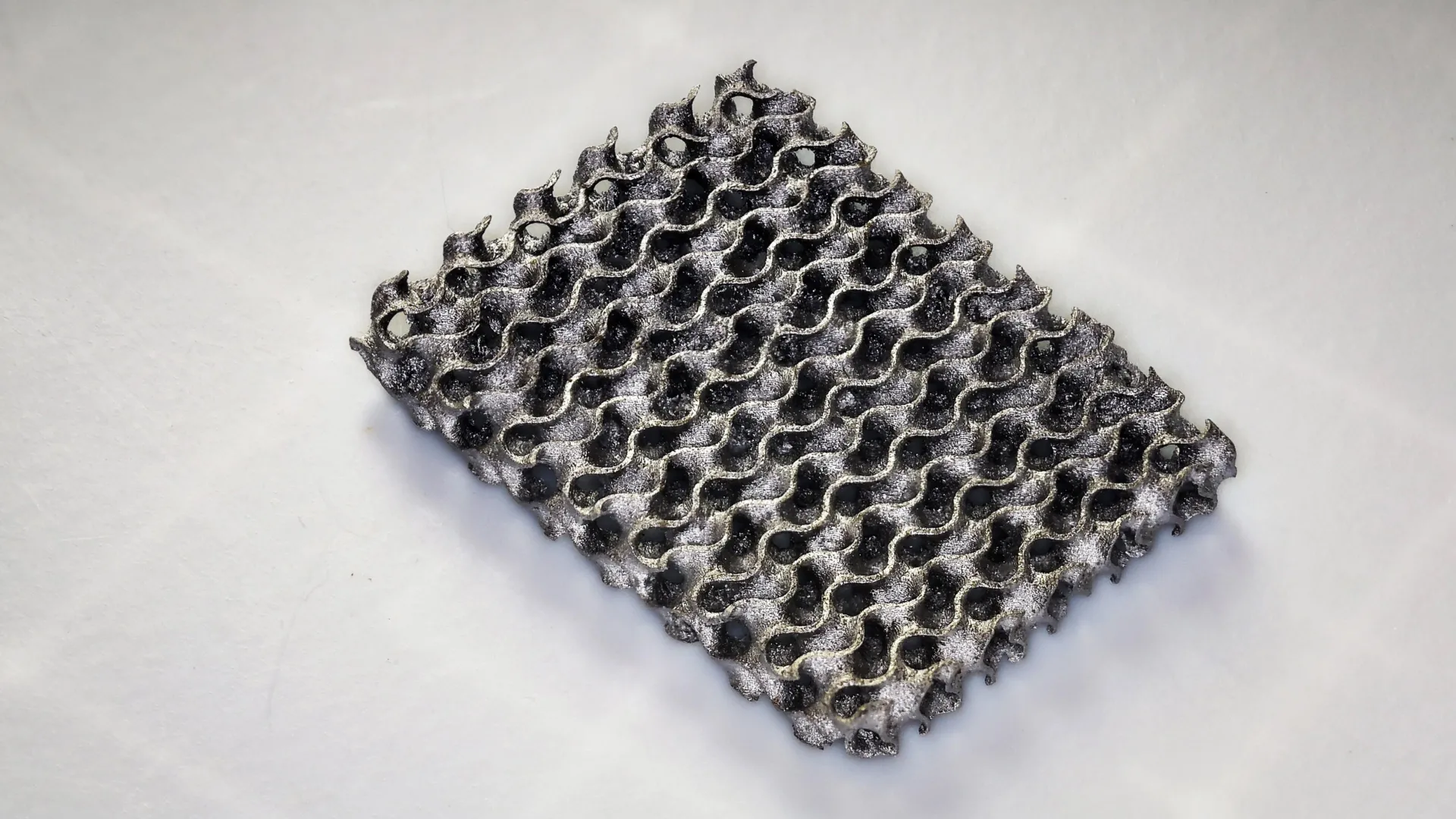Did We Just Catch a Meteor Strike on Saturn? The Shocking Discovery That Might Change Everything!
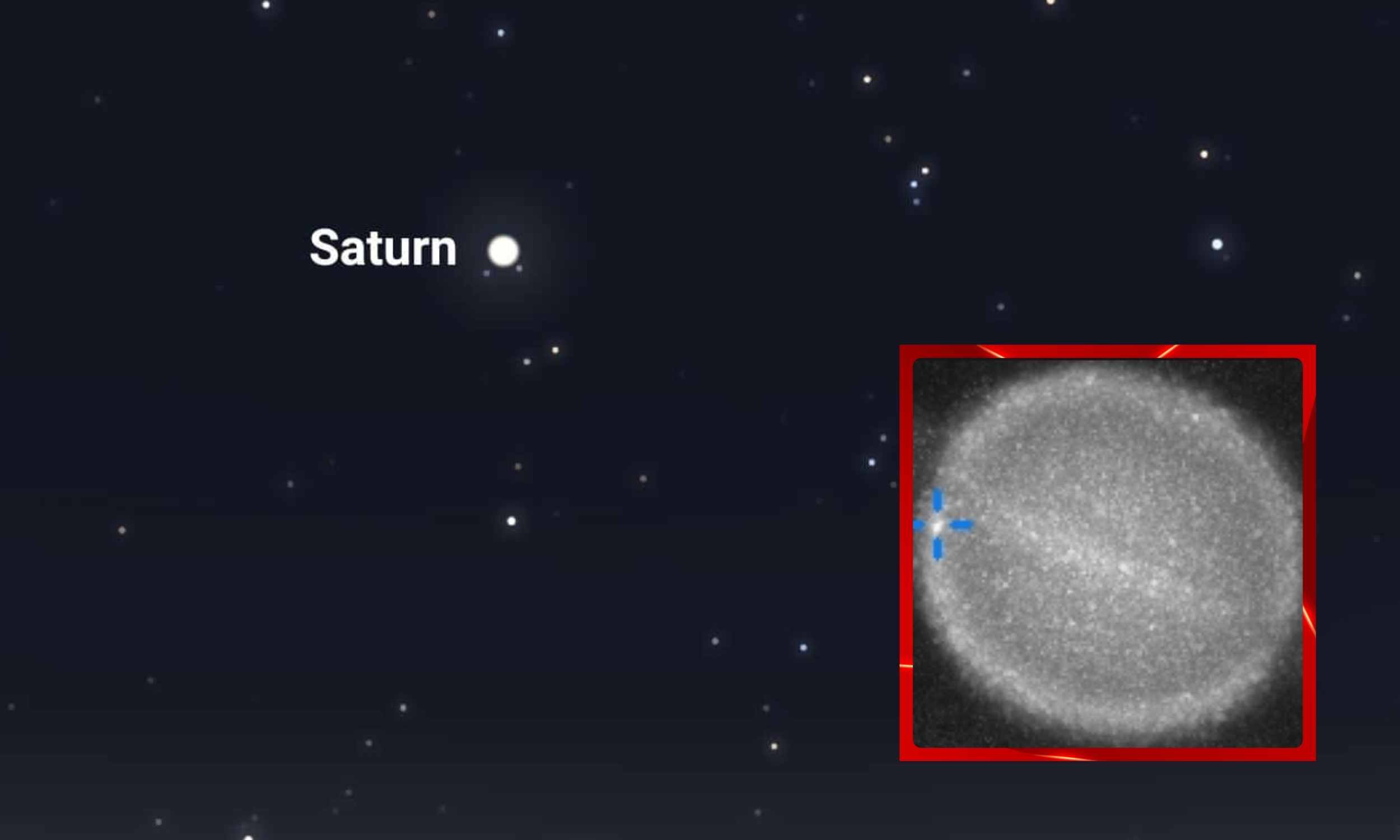
Imagine this: for the very first time, a fleeting flash on Saturn could be the evidence of a meteor strike, all thanks to a dedicated amateur astronomer. A recent recording captured a bright flare on the gas giant, and it has the scientific community buzzing with excitement!
Just a few weeks ago, in Hampton, Virginia, Mario Rana, an experienced astrophotographer from NASA’s Langley Research Center, made history—or at least, he might have. During a telescope session, he observed a bright flash between 9:00 and 9:15 UTC. If confirmed, this would mark the first instance of an impact on Saturn captured on video, a monumental event that could reshape our understanding of these distant worlds.
But hold on; it's not all celebration just yet. This moment of brilliance is currently shrouded in uncertainty. A single bright frame could easily be attributed to something as mundane as sensor noise, a satellite passing by, or even an artifact during processing. To truly confirm an impact, independent recordings from other observers are essential.
The Planetary Virtual Observatory and Laboratory (PVOL) is stepping up to the plate, calling for others who filmed Saturn that morning to share their footage for cross-validation. The more eyes on the prize, the better the chances of confirming this potential impact.
Rana's video has certainly created excitement, but one flash alone doesn’t make a case. Confirmation requires similar flashes in separate videos, ideally from different locations, or signs of a fleeting atmospheric mark that rotates with the planet. To aid in this effort, keen volunteers often turn to DeTeCt, a free tool designed to scan videos for transient flashes on gas giants. This program has flagged several impacts on Jupiter since 2010, proving that citizen science plays a pivotal role in astronomical discoveries.
Now, let’s talk numbers: How often do we see these kinds of impacts on Saturn? A 2025 analysis estimated that objects at least one kilometer across strike Saturn approximately once every 3,125 years. Sounds rare, right? This statistic emphasizes why diligent observation is critical for catching even a single confirmed strike.
Linda Spilker, a project scientist for NASA's Cassini mission, has noted that the current impact rates for small particles at Saturn are about the same as those for Earth. While larger objects are rare, smaller projectiles are abundant, and Saturn's rings serve as a giant detector for them.
But here's the kicker: Saturn, a gas giant, lacks a solid surface that can easily show scars from impacts. Its upper atmosphere, predominantly hydrogen and helium, absorbs energy, leaving only fleeting flashes or minor changes in cloud texture as potential signs of a collision. This means that even a flash occurring near the planet's limb is notoriously difficult to confirm due to the contrasting visual effects.
So why do we even care about impacts on Saturn? Understanding these collisions gives scientists a clearer picture of how often stray objects zoom through the outer Solar System. Each confirmed impact provides vital data to fine-tune our computer models, improving our estimations on how often Saturn, Jupiter, and our very own Earth face such cosmic visitors.
Amateur astronomers are vital in this quest for knowledge. Those who recorded Saturn on the morning of this flash are urged to preserve their original videos and processing logs. Details like time stamps, observing locations, and optical setups are crucial for evaluation and future analyses.
Looking back, Jupiter has served as a crucial training ground for these citizen science efforts. In 2010, a small meteoroid produced a two-second flash, independently captured by two observers. Such events provide valuable insights and calibrate our understanding of impact sizes and energies. So a lack of visible debris on Saturn wouldn’t necessarily disprove a strike—this is a lesson learned from our studies of Jupiter.
As the community eagerly awaits additional footage, teams are already checking for the same flash at overlapping times and locations. They must also be on the lookout for any processing artifacts that might mimic a genuine pulse of light. However, an important update from the DeTeCt project has been issued: After scanning further submissions, the team reported no corroborating detections and concluded that there was likely no impact on Saturn from the July 5 observation. Even a negative result is informative, helping sharpen analysis methods and strengthen the network for future events.
This intriguing story was published in Astronomy & Astrophysics, and it reminds us that the universe is full of surprises just waiting to be uncovered. So, who knows? The next cosmic event might just be around the corner, and with citizen scientists leading the way, we could be in for some thrilling discoveries!













